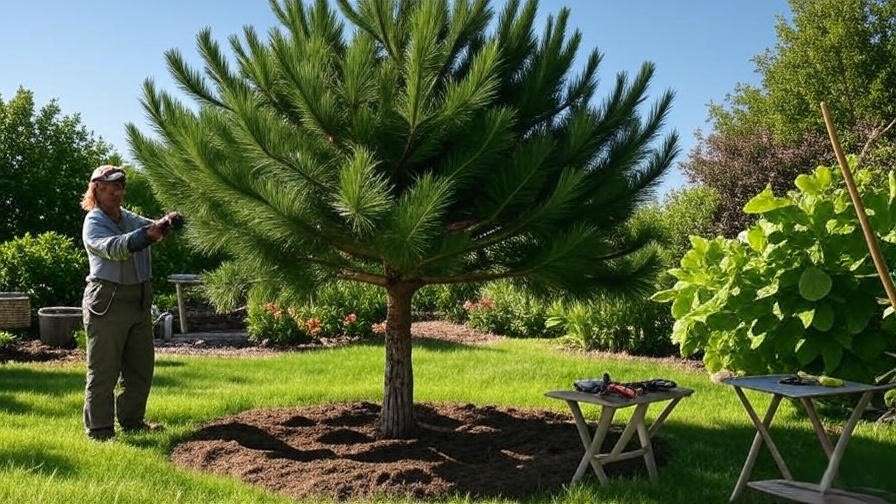Picture this: your backyard pine trees, once majestic, now look overgrown, with sparse needles and unbalanced branches stealing their charm. 🌳 Cutting back pine trees can restore their beauty, boost their health, and elevate your landscape to magazine-worthy status. Whether you’re a homeowner, gardener, or tree enthusiast, pruning pines correctly is a game-changer. But where do you start? When’s the best time? And how do you avoid costly mistakes? In this comprehensive guide, we’ll walk you through expert techniques, backed by arborist insights, to prune pine trees like a pro. Get ready to transform your pines into vibrant, healthy focal points! 🌿
Why Cutting Back Pine Trees Matters 🌿
The Role of Pruning in Pine Tree Health
Pruning isn’t just about aesthetics—it’s vital for pine tree vitality. Regular cutting back removes dead or weak branches, allowing the tree to focus energy on new growth. This promotes denser needle coverage and stronger limbs, reducing the risk of breakage during storms. According to certified arborist Dr. Jane Miller, “Proper pruning can extend a pine tree’s lifespan by decades, ensuring it thrives in your garden.” 🌲 Beyond health, pruning enhances air circulation, reducing the risk of fungal diseases like needle blight.
Pruning also addresses safety concerns. Overgrown or dead branches can fall, posing risks to property or people. By maintaining your pines, you create a safer, healthier outdoor space.
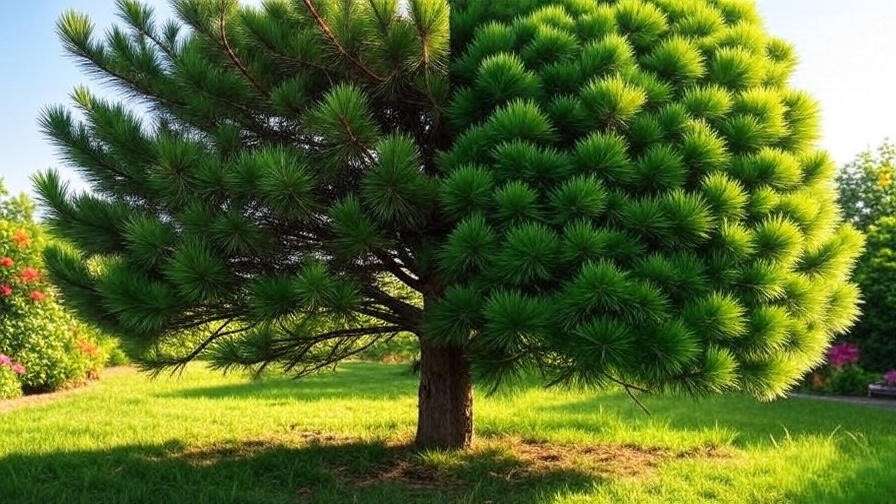
Understanding Pine Tree Growth Patterns
Pine trees are unique among evergreens, with distinct growth patterns that dictate pruning techniques. Unlike spruces or firs, pines produce new growth in “candles”—elongated shoots that emerge in spring. These candles are key to shaping and controlling growth. Understanding this cycle is crucial for effective cutting back of pine trees.
Pines typically grow in whorls, with new branches forming at the tips each year. Their growth is seasonal, with most activity in spring and early summer. Pruning at the right time ensures you work with, not against, this natural rhythm. For example, cutting candles early encourages bushier growth, while late pruning can stress the tree.
When to Cut Back Pine Trees 📅
Ideal Timing for Pruning
Timing is everything when cutting back pine trees. Early spring, just as new candles emerge but before they fully elongate, is the sweet spot for most pine species. This allows you to shape growth without harming the tree’s energy reserves. For instance, March to early May is ideal in most climates, depending on your region’s weather.
However, timing varies slightly by species. White pines (Pinus strobus) respond well to spring pruning, while Scots pines (Pinus sylvestris) may tolerate light trimming into early summer. Avoid pruning during extreme heat or frost, as this can stress the tree or invite pests like bark beetles.

Signs Your Pine Tree Needs Pruning
Not sure if your pine needs a trim? Look for these telltale signs:
- Overgrowth: Branches crowding each other or extending too far.
- Sparse Needles: Thin or bare spots indicating poor health.
- Unbalanced Shape: Lopsided growth affecting aesthetics.
- Dead/Damaged Branches: Brown, brittle, or broken limbs.
- Disease Signs: Yellowing needles or fungal growth.
Checklist: Walk around your pine tree. If you spot more than two of these issues, it’s time to prune. For example, a homeowner in Oregon noticed her pine’s lower branches dying from shade—pruning restored its health and look.
How to Cut Back Pine Trees: Step-by-Step Guide ✂️
Tools You’ll Need
Before you start, gather the right tools for clean, safe cuts:
- Pruning Shears: For small branches and candles (up to ½ inch thick).
- Loppers: For thicker branches (up to 1.5 inches).
- Pruning Saw: For larger limbs or deadwood.
- Safety Gear: Gloves, safety goggles, and a helmet to protect against falling debris.
- Disinfectant: Rubbing alcohol to sterilize tools between cuts.
Pro Tip: Sharpen and clean tools before use to prevent jagged cuts, which can invite disease. A well-maintained tool ensures precision and tree health.
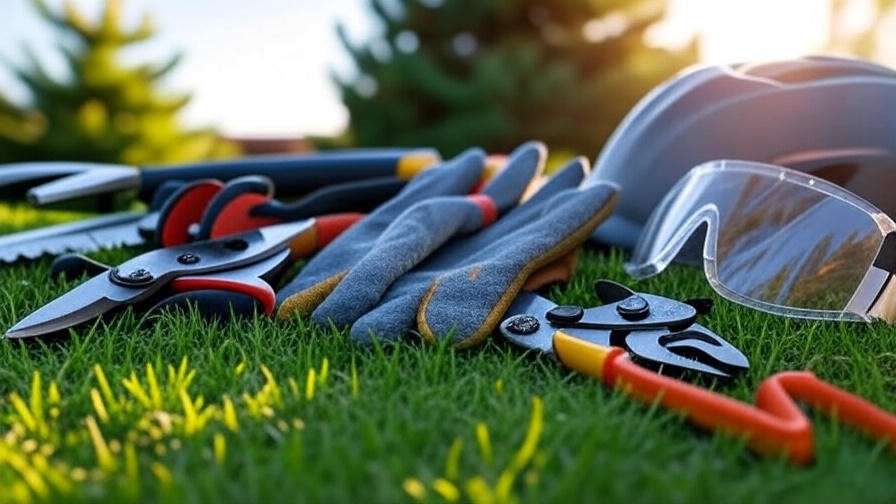
Pruning Techniques for Pine Trees
Candle Pruning for New Growth
Candle pruning is the cornerstone of pine tree care. In early spring, new growth appears as soft, green candles. To control size and encourage density:
- Identify candles at branch tips (typically 2–6 inches long).
- Pinch or cut candles by one-third to half their length using shears.
- Focus on outer candles to maintain a natural shape.
- Avoid cutting into older wood, as pines rarely regrow from these areas.
This technique promotes bushier growth, ideal for dwarf or ornamental pines. For example, a gardener in Colorado used candle pruning to keep her dwarf mugo pine compact and lush.
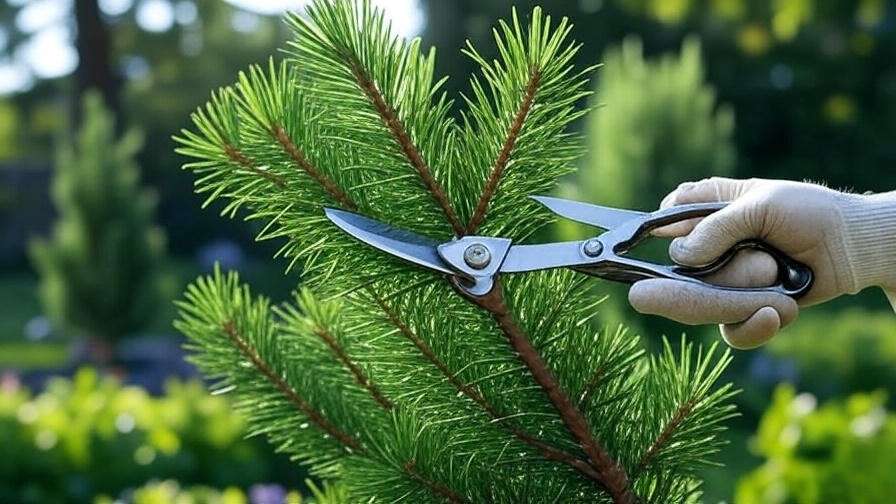
Removing Dead or Damaged Branches
Dead or damaged branches sap energy and invite pests. To remove them:
- Locate deadwood (brown, brittle, or needleless branches).
- Cut at a 45-degree angle just outside the branch collar (the swollen area where the branch meets the trunk).
- Use a pruning saw for branches over 1 inch thick.
- Disinfect tools after each cut to prevent disease spread.
This method ensures clean removal without harming the tree. Avoid flush cuts, which damage the trunk and slow healing.
Shaping for Aesthetics
For a polished look, shape your pine tree carefully:
- Step back to assess the tree’s overall form.
- Trim longer branches to balance the shape, focusing on symmetry.
- Remove no more than 10–15% of the tree’s foliage in one session to avoid stress.
- Maintain the natural conical shape of most pines for authenticity.
Mistake to Avoid: Never “top” a pine tree (cutting the main trunk), as this ruins its structure and invites decay.
Species-Specific Pruning Tips
Different pines have unique needs:
- White Pine (Pinus strobus): Prune lightly to preserve soft needles. Focus on candle pruning and deadwood removal.
- Ponderosa Pine (Pinus ponderosa): Handle thicker bark with a pruning saw. Trim sparingly to maintain rugged beauty.
- Dwarf Pines (e.g., Mugo Pine): Use precise candle pruning for compact growth, ideal for bonsai or small gardens.
Quick Reference Table:
| Pine Species | Best Pruning Time | Key Focus |
|---|---|---|
| White Pine | Early Spring | Candle pruning, light trim |
| Ponderosa Pine | Early Spring | Deadwood, minimal shaping |
| Mugo Pine (Dwarf) | Spring | Heavy candle pruning |
Common Mistakes to Avoid When Pruning Pine Trees 🚫
Pruning mistakes can harm your pines. Here are pitfalls to dodge:
- Over-Pruning: Removing too much foliage (over 15%) shocks the tree, reducing photosynthesis. Stick to conservative cuts.
- Wrong Timing: Pruning in late summer or fall disrupts the tree’s dormancy, inviting stress or pest issues.
- Improper Cuts: Jagged or flush cuts increase disease risk. Always cut at an angle outside the branch collar.
Case Study: A homeowner in Michigan topped their Scots pine, leading to decay and an unbalanced shape. Consulting an arborist and reshaping over two seasons restored its health.
Aftercare for Pruned Pine Trees 🌞
Proper aftercare ensures your pine trees recover quickly and thrive post-pruning. Cutting back pine trees stresses them temporarily, so thoughtful maintenance is key to supporting their health and longevity.
Post-Pruning Maintenance
After pruning, your pine tree needs extra care to recover and redirect energy to new growth:
- Watering: Provide deep, consistent watering, especially during dry spells. Aim for 1–2 inches of water weekly, applied slowly to reach the root zone. Avoid overwatering, which can lead to root rot.
- Fertilizing: Apply a balanced, slow-release fertilizer (e.g., 10-10-10) in early spring to boost recovery. Avoid high-nitrogen formulas, which can overstimulate foliage at the expense of root health.
- Mulching: Spread a 2–4-inch layer of organic mulch (like bark or wood chips) around the tree’s base, keeping it 2 inches from the trunk to prevent rot. Mulch retains moisture and regulates soil temperature.
Pro Tip: Monitor soil moisture with a simple finger test—dig 2 inches into the soil; if it’s dry, water thoroughly. A well-cared-for pine will show denser needles within weeks.
Preventing Pests and Diseases
Pruning opens small wounds, making pines temporarily vulnerable to pests and pathogens. Here’s how to protect them:
- Common Threats: Pine bark beetles, needle blight, and rust fungi are frequent issues. Look for signs like tiny holes in bark, discolored needles, or sticky resin.
- Protective Measures: Apply a natural sealant (like pruning paint) to large cuts to deter pests. Spray neem oil or an organic fungicide on pruned areas to prevent fungal infections.
- Monitoring: Check your tree weekly for unusual symptoms, especially in the first month after pruning. Early detection prevents widespread damage.
Expert Insight: Dr. Emily Chen, a plant pathologist, notes, “Sterilizing tools and sealing cuts are non-negotiable for pine health. These steps reduce infection risks by up to 80%.” Regular inspections and timely interventions keep your pines pest-free.
Environmental and Aesthetic Benefits of Well-Pruned Pine Trees 🌍
Eco-Friendly Impact
Healthy, well-pruned pines are environmental powerhouses. They absorb carbon dioxide, improving air quality, and provide habitats for birds and small mammals. A single mature pine can sequester up to 48 pounds of CO2 annually, making them vital for eco-conscious gardeners. Pruning ensures they remain vigorous, maximizing these benefits.
Additionally, pines stabilize soil, preventing erosion on slopes or windy sites. Their deep roots anchor landscapes, while fallen needles create natural mulch, enriching the soil.
Landscape Design
Pruned pines are stunning focal points in any garden. Their conical shapes and lush needles add texture and year-round greenery. Use them as:
- Centerpieces: A single, well-shaped pine anchors a front yard or garden bed.
- Borders: Dwarf pines create low, tidy hedges for pathways.
- Accents: Pair with flowering shrubs for contrast in mixed landscapes.
Design Idea: Combine a pruned white pine with colorful perennials like lavender or coneflowers for a vibrant, low-maintenance garden. Visuals of before-and-after pruning can inspire readers—consider embedding a gallery showcasing transformed pines.
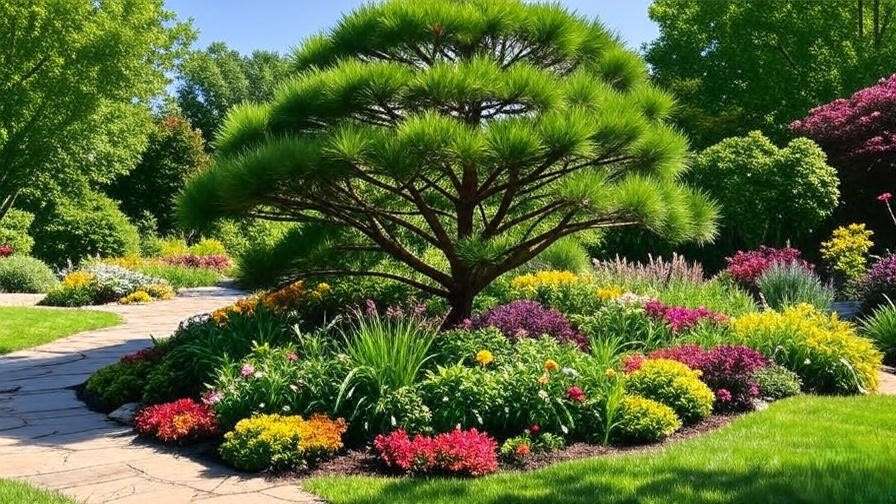
FAQs About Cutting Back Pine Trees ❓
Q1: Can I prune my pine tree in winter? Why or why not?
Winter pruning is risky because pines are dormant, and cuts heal slowly, increasing disease susceptibility. Stick to early spring for best results.
Q2: How much of a pine tree can I safely cut back?
Remove no more than 10–15% of the foliage in one session to avoid stressing the tree. Focus on candles and deadwood for safe pruning.
Q3: Do I need a professional arborist for pruning pine trees?
For small pines or light pruning, DIY is fine with proper tools and knowledge. Hire a certified arborist for large trees or complex shaping to ensure safety and precision.
Q4: What’s the difference between pruning and topping a pine tree?
Pruning involves selective cuts to enhance health and shape, while topping removes the main trunk, causing structural damage and decay. Always avoid topping.
Q5: How often should pine trees be pruned?
Most pines need pruning every 1–2 years for maintenance. Young or dwarf pines may require annual candle pruning for shape control.
Conclusion: Transform Your Pine Trees with Confidence 🎉
Cutting back pine trees is more than a chore—it’s an investment in their health, beauty, and longevity. By pruning at the right time, using proper techniques, and providing diligent aftercare, you can ensure your pines thrive for years. Whether you’re shaping a dwarf mugo for a cozy garden or maintaining a towering ponderosa, this guide equips you with expert-backed strategies to succeed.
Ready to get started? Grab your shears, assess your pine trees, and apply these tips to create a stunning, healthy landscape. Share your pruning journey or questions in the comments below—we’d love to hear how your pines transform! 🌟

